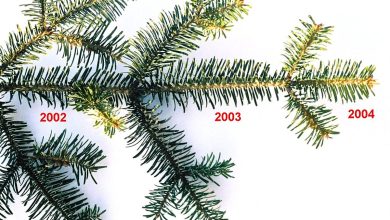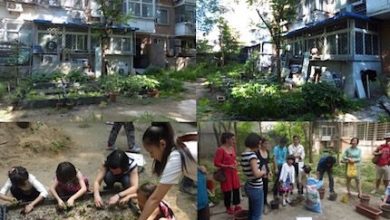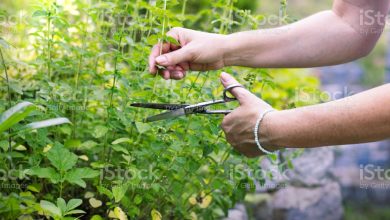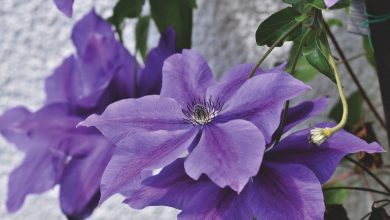Starfruit: [Cultivation, Irrigation, Care, Pests and Diseases]
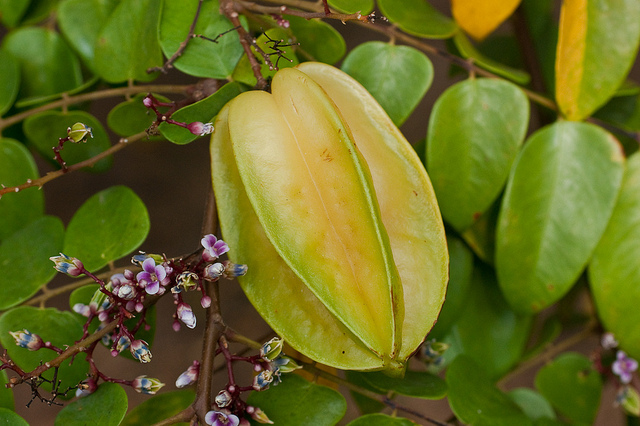
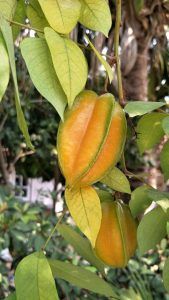 Averrhoa carambola is a tropical fruit native to Southwest Asia. Its cultivation has spread to various countries with warm tropical and subtropical climates such as China, Malaysia, Mexico, the United States, among many others.
Averrhoa carambola is a tropical fruit native to Southwest Asia. Its cultivation has spread to various countries with warm tropical and subtropical climates such as China, Malaysia, Mexico, the United States, among many others.
Carambola is often grown for its delicious and attractive edible fruit. However, in some countries it is administered for medicinal purposes to stop bleeding, counteract fevers and relieve some other discomforts.
Eating large amounts of the star fruit can cause health damage, especially in people with kidney problems.
Important points when sowing starfruit:
- Scientific name: Averrhoa carambola.
- Common name: Carambola, carambola, tamarind, cucumber tree, carambolera, carambolero, star fruit.
- Height: 8 meters.
- Light requirement: Direct light.
- Temperature: Warm climates (21ºC to 32ºC).
- Irrigation: Moderate.
- Fertilizer: Organic fertilizer.
What characteristics does the starfruit have?
Carambola is a perennial shrub that usually grows 8 meters tall, but sometimes reaches 10 meters. During its adult period it develops an open and irregular crown.
The stem of this shrub has gray-green or brown bark. From this sprout thin branches with alternate, compound leaves, with 5 to 11 pale green leaflets; these are sensitive to light and fold at night.
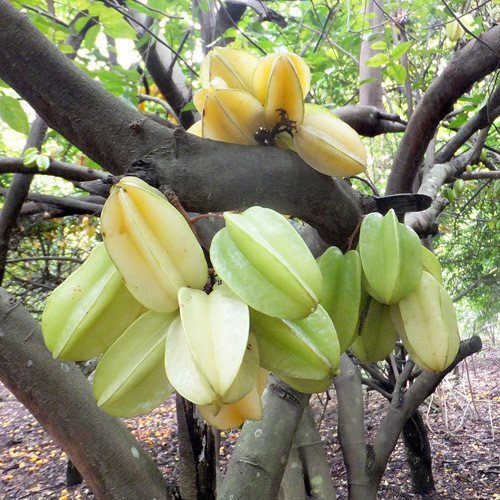
Starfruit flowers are small, pink, red, or purple in color, and consist of 5 petals, 5 sepals, and 5 stamens. All of them are grouped in copious clusters and bloom throughout the year.
The fruit is a fleshy berry with a yellow, waxy skin. It has 5 longitudinal vertices which form the figure of a star when cut perpendicularly. It measures 5 to 15 centimeters long and 3 to 6 centimeters wide.
Inside, it contains two seeds in each rib, producing up to 12 seeds in its entirety. However, these rapidly lose their viability as soon as they are removed from the fruit.
When to sow the carambola?
Carambola can be grown almost all year round. It is recommended to do it during the season when the temperature ranges between 21ºC and 25ºC, when there is humidity in the substrate and in the environment.
Where to plant the carambola?
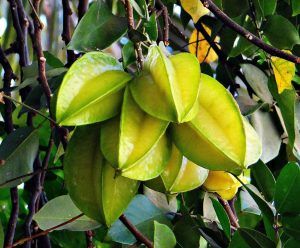 Carambola is a shrub that grows in tropical and subtropical climates. It needs to have humidity in the environment and be located in areas where the rains are medium to high.
Carambola is a shrub that grows in tropical and subtropical climates. It needs to have humidity in the environment and be located in areas where the rains are medium to high.
The optimum temperature for its growth is in a range of 21ºC to 32ºC. Likewise, it should not be planted in places with temperatures below 15ºC, as growth and flowering will stop.
Hot, dry winds are not beneficial to star fruit. It should be protected from strong gusts of wind and should not be exposed to frost, because below -2ºC the tree could die.
Likewise, it should be established in areas with high solar radiation, above 2,000 hours of sunshine per year; so it will be important to keep it free from the shade of other larger species.
How to prepare the land?
It grows best in loamy textured soils, or those slightly sandy-clayey, well drained, tolerating even waterlogging. It adapts to moderately acidic to neutral soils, the ideal pH being between 5.5 and 6.5.
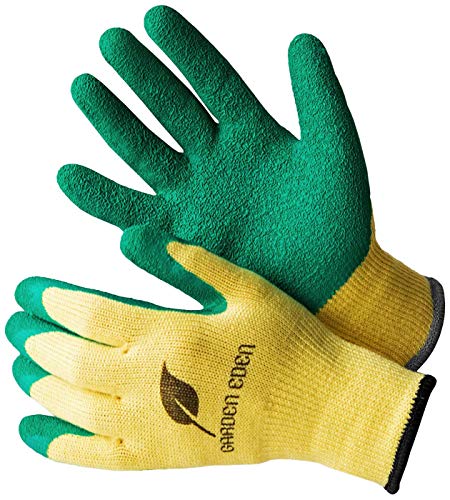
This tree needs the application of organic fertilizer to fruit properly. For young trees, it should be applied once every 1 to 2 months. In the case of adult trees, it should be applied 4 or 6 times a year.
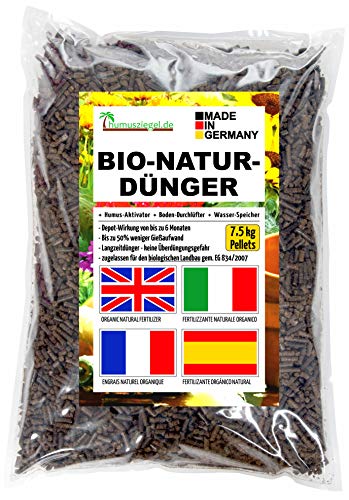
How do we water the starfruit?
The lack of water for prolonged periods limits the general growth of the plant, which can significantly affect the production of flowers and fruits. Therefore, good water management must be carried out.
How often do we water the starfruit?
Carambola does not tolerate drought, so irrigation should be applied regularly. In the case of young trees, they should be watered every 2 days after planting, until they are established. On the other hand, more mature trees should be watered every 2 days during the flowering and fruiting period.
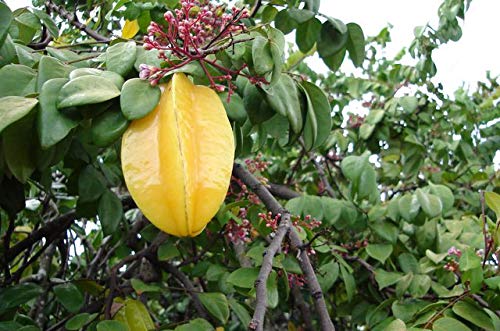
How to sow step by step?
Carambola can be grown by seed and grafting. Instructions for growing by both methods are shared below.
by seed
- Seed viability lasts only a few days, doing so almost immediately after harvest.
- Remove the aril from the seed, dry them in a ventilated environment and without direct sunlight.
- Place the seed on moist peat, during a warm season. Cover it lightly with substrate, half a centimeter, and apply water twice a week.
- Cover the area with a 50% shade mesh and wait 1 week in summer and 2 or 3 in winter for them to germinate.
- Transplant carefully into containers with light and sandy substrate as soon as they reach 15 to 20 centimeters in height.
- Transplant to its final place at 6 or 12 months of age.
By lateral graft
- Select a sapling that will work as a rootstock.
- Cut a graft branch, or bereta, with 3 buds or more, from another healthy tree.
- Remove stems and leaves from the beretta, and make a superficial cut in the twig of 5 to 7 centimeters, keeping a couple of buds intact.
- Make a shallow cut on one side of the rootstock tree, 5 to 7 centimeters long, and leave a 1-centimeter tab of bark at the bottom of the cut.
- Make a slanted cut in the base of the beretta to fit the shape and size of the pattern tree lug.
- Join the beret with the pattern tree with the help of half-inch grafting tape.
- Wait a couple of weeks until the scar has developed at the junction and the buds have started to grow.
What care does the carambole need?
Carambola can be a delicate plant, especially during its first few months of growth. Due to the above, it should be handled with care and grown in places protected from the cold, strong gusts of wind and dry heat.
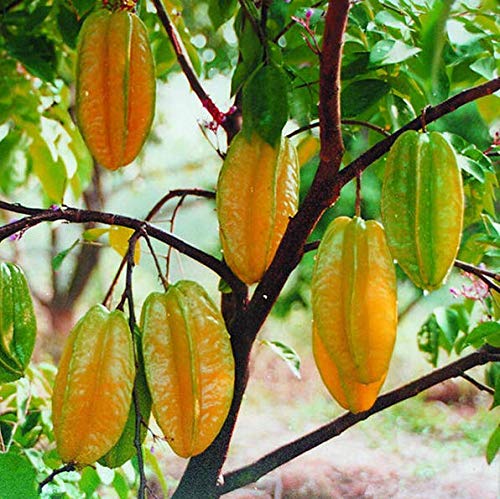
What pests and diseases affect carambola?
The carambola can be affected mainly by the fruit fly, a plague that can be controlled by means of light traps, baits and organic or chemical products.
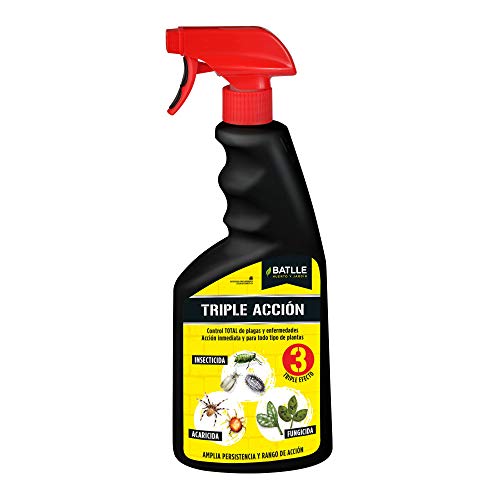
Among the diseases are those produced by the fungi Cercospora averrhoae, Botrytis, Alternaria, Colletotrichum, among others.
How long does the starfruit live?
Their lifetime is short, barely reaching 25 years as a maximum average.
How long does it take to grow carambola?
It grows quickly and in about 3 years it can already be an adult specimen.
How long does it take to produce fruit?
One year after planting, it will already be able to produce fruit.
Can it be grown in a pot?
It is not recommended to have it in a pot.
At the beginning of the crop it can be left in one while it obtains its first ramifications, but in a maximum time of one month it must be transplanted to the garden.
How many times does the carambole produce fruit?
It is capable of generating between 1 and 2 fruit harvests per year if the conditions are favourable.
Should the carambole be pollinated to obtain fruit?
Yes, it should be pollinated. This task is carried out by the bees that carry the nectar from the male flowers to the female ones.
How cold can starfruit tolerate?
It can tolerate mild cold, but not frost.
How many carambola can be planted per hectare?
It is possible to work with a number that goes from 250 to 350 units of carambola per hectare.
What kind of fertilizer do starfruit need?
Use organic fertilizers during spring and summer.
How much heat and/or drought can carambole tolerate?
Its optimum warm temperature is 28°C, but it is able to tolerate a few degrees higher than this, even around 35°C.
However, it is not drought tolerant.
References
- http://www.scielo.org.co/pdf/rcch/v9n1/v9n1a12.pdf
- https://www.monaconatureencyclopedia.com/averrhoa-carambola/?lang=es
- https://www.ecured.cu/Carambola#Propagaci.C3.B3n
- https://www.colegiobolivar.edu.co/garden/wp-content/uploads/2017/06/AFBeltran-Averrhoa-carambola-2017.pdf
- https://plantvillage.psu.edu/topics/starfruit-carambola/infos
- https://pfaf.org/user/Plant.aspx?LatinName=Averrhoa+carambola
- https://hort.purdue.edu/newcrop/morton/carambola.html#Propagation
- https://nt.gov.au/environment/home-gardens/growing-vegetables-at-home/carambola-starfruit
- https://www.seminolecountyfl.gov/core/fileparse.php/3357/urlt/Propagacion-de-Frutos-Tropicales-y-Subtropicales.pdf

